The art of embroidery was considered among the most luxurious of the medieval period; sumptuous fabrics in silk, gold and silver thread, often depicting religious or secular narrative scenes, adorned altars and vestibules in churches, and the clothing and homes of the wealthy. This exhibition ranges across the main production centres of embroidered fabrics, from Florence to Flanders, and considers the role of these materials in commerce and social relations, as well as the development of artistic styles. The Cluny’s exceptional collection of embroidery from the 12th–16th centuries is complemented by loans of fragile fabrics from the V&A in London and the Royal Museums in Brussels. Find out more from the Cluny’s website.
Preview the exhibition below | View Apollo’s Art Diary here
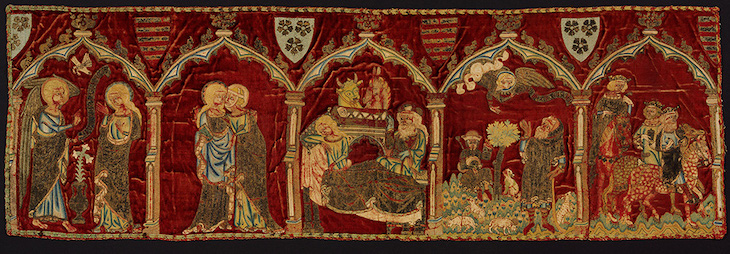
Scenes from the life of the Virgin (1330–49), England. Photo: © Victoria and Albert Museum, London
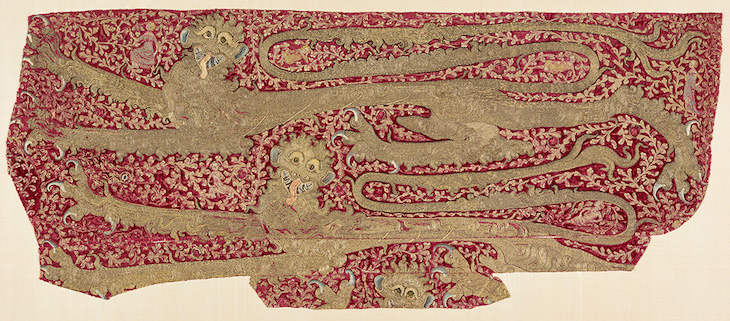
Fragment of a horse caparison (1330–40), England. Photo: © RMN-Grand Palais (musée de Cluny – musée national du Moyen-Âge)/Michel Urtado
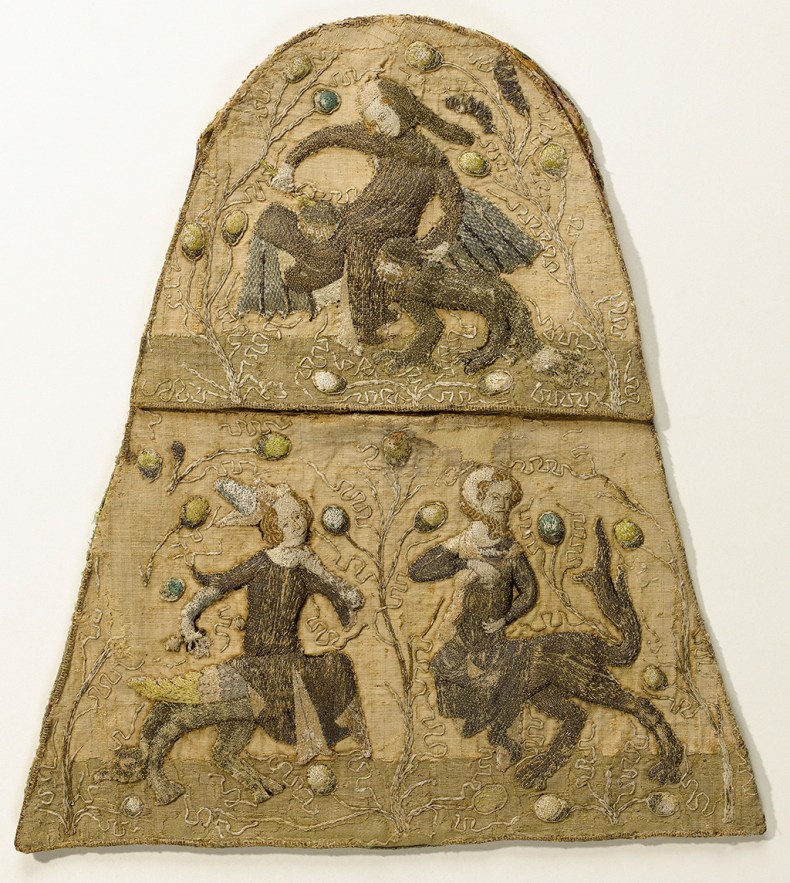
Hybrid Musicians (c. 1330–50), Paris. Photo: © RMN-Grand Palais (musée de Cluny – musée national du Moyen-Âge)/Jean-Gilles Berizzi
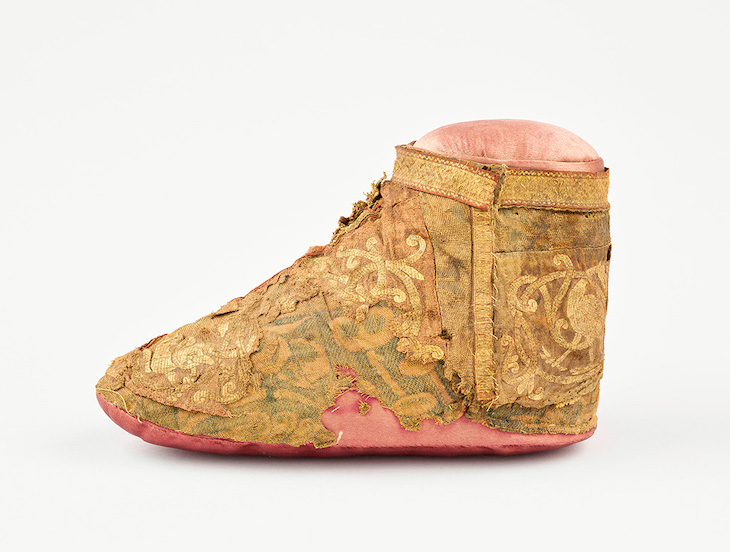
Liturgical sandal (12th century), England or France. Photo: © RMN-Grand Palais (musée de Cluny – musée national du Moyen-Âge)/Michel Urtado

Falconer (c. 1340), France. Photo: © Lyon, musée des Tissus et des arts décoratifs/Sylvain Pretto



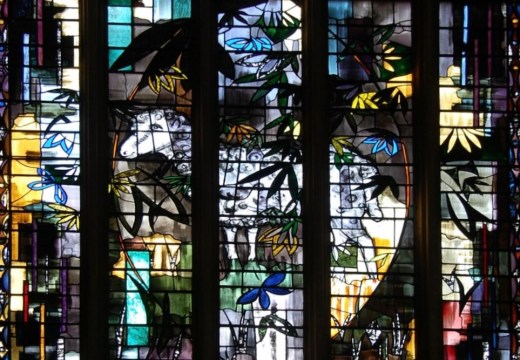


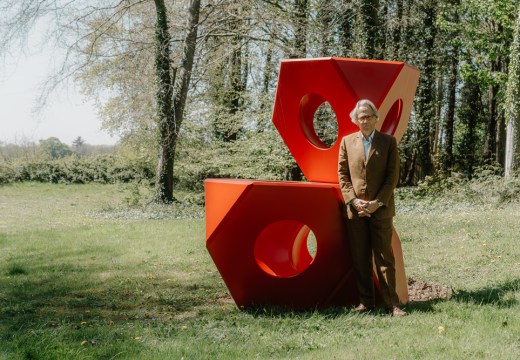

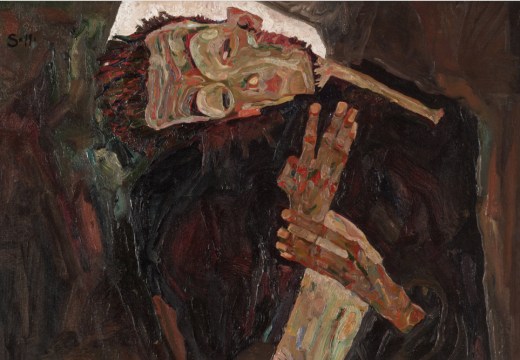

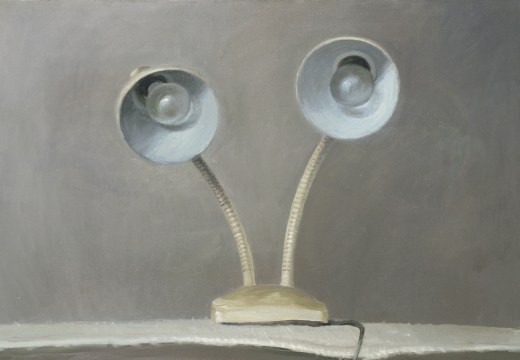
![Masterpiece [Re]discovery 2022. Photo: Ben Fisher Photography, courtesy of Masterpiece London](https://apollo-magazine.com/wp-content/uploads/2022/07/MPL2022_4263.jpg)
‘A revolutionary flame burned bright within him’: David Bindman (1940–2025)